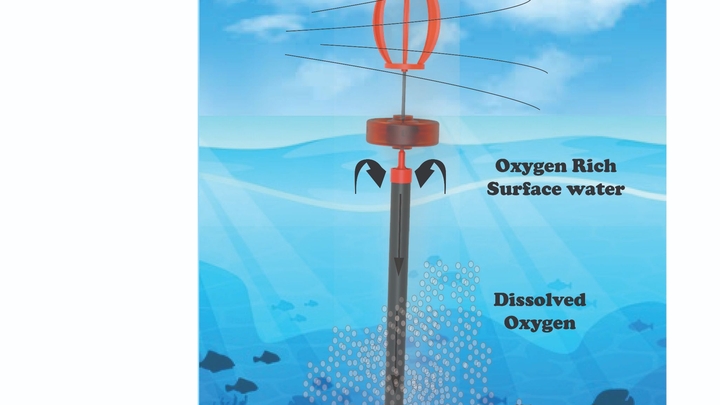Coastal Revival Zones
The Problem
The conservation problem I seek to address is the revival of coastal dead zones. Hypoxic dead zones are growing in both frequency and intensity world wide. According to an article in National Geographic, the combined area of dead zones has grown rapidly over the past 60 years, with the world's largest dead zone in the Gulf of Oman, measured at over 63,000 square miles. The next largest is in the Gulf of Mexico, averaging around 6,000 square miles. These are just two examples of an estimated 1,000 dead zones spread throughout the world. Over fishing and hypoxic dead zones are all closely linked factors contributing to the enormous amount of stress on our world's oceans. This stress is manifested in the endangerment and extinction of species world wide. Disruptions of the biodiversity of our coastal waters represents a direct threat to ocean based commerce and the protein sources for hundreds of millions of people spread throughout the globe. It is unclear how much more disruption the coastal waters of the world can handle before erupting in an ecological disaster. What is clear is that immediate action is needed. Many people are focusing on ways to prevent excess nutrients from reaching the ocean, however these actions alone may not be enough to mitigate the issue as it stands. Large, land based infrastructure to stop the nutrients from reaching the ocean could be a long term solution. In the meantime a solution to revive the currently existing dead zones is also needed.
Our Proposal
The term hypoxic refers to the lack of dissolved oxygen in the water. One way to address the problem would be to add oxygenated water to the affected areas. Healthy oxygenated water is circulated naturally in several ways. For the purpose of this project, let’s focus on the wind. Wind blown currents are a major contributor to ocean circulation and coastal winds can provide us with a great source of power to help fight hypoxic zones. The project calls for the implementation of a new technology that will harness the wind and use it to circulate surface water down to depths where the oxygenated water is needed. The technology works on the concept of harnessing the mechanical energy in the wind and using it to turn a propeller at the end of a large hollow tube. This approach is designed to be as simple, affordable, and scalable as possible, without the need of a transmission, or electrical motor, associated with traditional wind turbines. Once deployed, this system would require little or no maintenance. The deep water circulator consists of the following components from the top down. First, Vertical Axis Wind turbine, followed by a flotation buoy, then a hollow tube with intake slightly below the waterline. Finally at the end of the tube is a propeller that pushes water out the bottom allowing water to simultaneously be drawn in from the top. No water is actually being pumped, only circulated from high to low.
We Assume that...
Oxygenated water can be circulated to hypoxic areas.
Wind power can be harnessed to help circulate water.
A device can be built and deployed to help revive dead zones.
Surface water, circulated down to hypoxic zones would have a beneficial result on over all ocean health.
Constraints to Overcome
Any project dealing with the ocean will have to address issues of scale. One wind turbine, or one solar panel won’t have much of an effect, but as we know millions currently do. Likewise, with this project, mass production and implementation will be key in combating hypoxic zones. Before mass production can be considered proof of concept must be achieved. This requires the test of various designs and potential materials.
Current Work
The primary tasks would be to construct a large scale model of our design. As it stands we have 3d CAD models, and small 3d printed prototypes. In the next 3-6 months building and testing a large prototype in open ocean would be our primary objective.
Current Needs
Our primary need is for resources that would allow us to build and deploy a large prototype.
